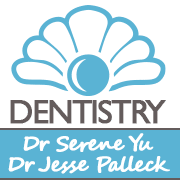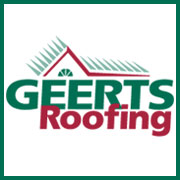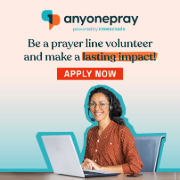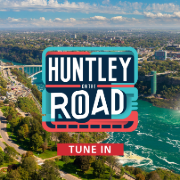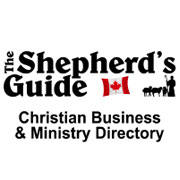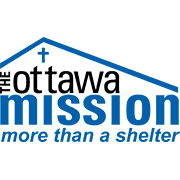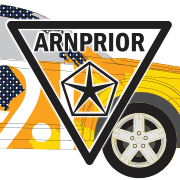Blog
Dianne is Back from Israel!
- Details
- Category: Blog
- Published: Tuesday, 23 November 2010 10:55
 Here's an overview & pictures from Dianne's trip to the Holy Land.
Here's an overview & pictures from Dianne's trip to the Holy Land.
Day 1 & 2: After 11 hours of travel (and 7 hr time change) we arrived in Tel Aviv and headed to our hotel. We had the afternoon to explore and we ended up walking the boardwalk along the Mediterranean Sea. The sun was shining, we passed shops and restaurants along the way and I had to pinch myself to believe I was in Israel! We had the most amazing food as we sat at a patio table enjoying the sights and sounds all around us.
On Day 3 some of the beautiful sites we visited were the excavations of Caesarea – Crusader city and the Roman Port, Haifa, Megiddo – one of King Solomon’s Chariot cities. We continued to Tiberius on the Sea of Galilee and spent the next few days doing day trips and coming back to this hotel which was peaceful and quiet with a view of the Sea of Galilee from my hotel window.
The morning of Day 4 we began the day with a boat ride on the Sea of Galilee. Half way across the Sea (which is actually a lake) the engines on the boat were cut and all was quiet. It was such a powerful moment with the water lapping at the edge of the boat, we sang praise and worship music and read scripture. We did try our hand at fishing with a small net but caught nothing but had fun trying! We continued to Capernaum the centre of Jesus’ ministry where we visited the ruins of an ancient synagogue, Tabgha and Mount of Beatitudes. In the afternoon we visited Mount Tabor and the Church of the Transfiguration with incredibly beautiful vistas below.
On Day 5 we visited Nazareth and walked through a recreated ancient Nazareth Village and experienced what life was like 2000 years ago. Standing in the synagogue in this recreated village I realizing how small the building actually was, and that both men and women from the village would have gathered together to worship. At the beginning of Jesus’ ministry he would have stood among the villagers, that he was raised with, and read from the book of Isaiah. It would have been in a synagogue very much like what I was standing in that the villagers would have been in a rage and wanted to stone Jesus. There was a scroll on a small table in the synagogue which I opened (in order to take a picture) and the words were “Jesus rejected in Nazareth”. When I read these words I couldn’t help but cry.
We also stopped in Cana, where Jesus turned water into wine and in the afternoon we travelled to Caesarea Philippi and toured the temple ruins, and one of the sources of the Jordan River. We returned to our hotel through the Northern Golan Heights.
On Day 6 we visited Yardenit, the traditional site of Jesus’ baptismal at the Jordon River. We then continued to Beit Shean, dating back more than 5,000 years, where excavations have revealed 18 levels of history. We travelled to Qumran and learnt of its past and also the location where a shepherd boy discovered the Dead Sea Scrolls. We continued to the Daniel Hotel at the Dead Sea and had time to enjoy floating in the mineral rich waters of the Dead Sea and enjoyed a mud spa too!
Day 7 we enjoyed a bit more leisurely time at the Dead Sea and then off to Masada, which is a mountaintop fortress of King Herod and later the Jewish Zealots last stand against the Roman Army. We drove past the outskirts of Jericho, the city conquered by Joshua and the oldest city in the world as you ascend to Jerusalem. We stopped and viewed the “city of gold” from Mt Scopus before checking into the King Solomon Hotel in Jerusalem.
Day 8 we began our day at the Mount of Olives and enjoyed the magnificent panorama of the Old City from the lookout and then continued to the Garden of Gethsemane, Bethlehem, Shepherd’s Fields and the Church of the Nativity.
Day 9 we entered the walled city and walked through the newly restored Jewish Quarter. We visited the Roman Cardo, Herodian Quarter and continued to the Western Wall. The Western Wall is divided into two sections, one side for men (larger section and closer to the Holy of Holies) and the other side for women. I managed to make my way to the wall and prayed with my two hands and forehead resting on the wall. Following my time in prayer, I was also able to place a small paper with my prayer into a crack in the wall. We also visited the Pool of Bethsaida and walked along the Via Dolorosa (the Way of the Cross) and visited the Church of the Holy Sepluchre. Later in the day I visited the Garden Tomb which was beautiful and simple in its surroundings.
Day 10 everyone in the tour continued to visit various areas such as the Tomb of King David, Room of the Last Supper, the Israel Museum – site of the miniature recreation of Jerusalem as it was during the time of the 2nd Temple and home of the Shrine of the Book where many of the Dead Sea Scrolls are on display. They also visited Yad Vashem, the memorial to the Holocaust.
I left the group and met with Natalie from Leket Israel – the National Food Bank for the country. We travelled to a field in Rehovot and visited the gleaning activities. These fields have been donated to Leket Israel with the stipulation that they bring volunteers to glean in the fields. I was able to pick 100kg of oranges and had fun doing it too! We then proceeded to the logistics center in Ra’anana, followed by a food pick up and distribution to various non-profit organizations Leket serves.
Specifically we visited a center that takes care of the needs of refugee seekers who are escaping Genocide in their African countries (Sudan, Eritrea, etc). The center that we visited identifies which refugees are genuinely escaping genocide, giving them all a safe place to be in Israel. Additionally, we brought food to the men’s shelter, women’s shelter, a family shelter and a shelter for young girls who are pregnant or with newborns. Leket Israel brings this African Refuge Center food twice a week providing both fresh produce and left over cooked food from restaurants, events etc. What impacted me was the statement made by one of the Director’s when he explained that “the refugees cannot go back to their countries, they don’t belong where they are, and they don’t know where they’re going”. They have no status; therefore, they cannot work. If you cannot work, then how do you put food on the table or have a roof over your head? They also cannot speak English or Hebrew and have to begin learning these new languages. There is paperwork to be completed to help refugees with their temporary status and work rights etc. which, thankfully, the various centers help with. Leket serves 290 not-for-profit organizations with their food rescue and distribution program. The greatest need of Leket Israel is for volunteers to glean in the fields.
Day 11 – travelled home!




